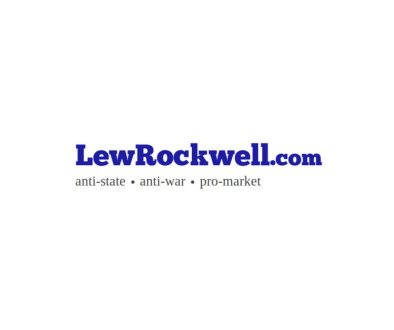Even by Elon Musk’s Own Demonstrably Unreliable Estimation, DOGE Will Fall Far Short of His Target
Shortly before last fall’s presidential election, Elon Musk breezily estimated that a second Trump administration could reduce annual federal spending by “at least” $2 trillion. At a press conference in February, the billionaire entrepreneur, who at that point had been unofficially overseeing the cost-cutting project known as the Department of Government Efficiency (DOGE) for a few weeks, cut that estimate in half, saying he expected that DOGE would find about $1 trillion in annual savings by attacking “waste and fraud.” During a Cabinet meeting last Thursday, Musk downgraded his target again, saying, “We anticipate savings in FY26 from reduction of waste and fraud [of] $150 billion.”
Musk, who credited President Donald Trump’s “fantastic leadership,” “this amazing Cabinet,” and “the very talented DOGE team,” said he was “excited to announce” that figure. But it amounts to 93 percent less than his original estimate, 85 percent less than the goal he thought was realistic two months ago, and about 2 percent of federal spending last fiscal year. That is quite a comedown, especially since this seems to be all that Musk expects to accomplish: DOGE sunsets on July 4, 2026, a few months before the end of FY 2026. Worse, it is doubtful, given the numerous errors that have been found in data reported by DOGE, that even the new, much more modest projection can be trusted.
“They’re just spinning their wheels, citing in many cases overstated or fake savings,” said Romina Boccia, director of budget and entitlement policy at the Cato Institute, told The New York Times a few days ago. “What’s most frustrating is that we agree with their goals. But we’re watching them flail at achieving them.”
Despite Musk’s dramatically downgraded goal, the Times notes, DOGE is “still overstating its progress.” The estimate is inflated “by including billion-dollar errors, by counting spending that will not happen in the next fiscal year—and by making guesses about spending that might not happen at all.”
The estimate that Musk offered at the Cabinet meeting is roughly the same as the $155 billion in “estimated savings” that DOGE claims on its website, which is up from $140 billion at the beginning of the month. Although Musk implied that all those savings would be realized in fiscal year 2026, the website does not distinguish between annual and total savings, and many of the items listed on its “Wall of Receipts” include spending reductions that span several years.
The “estimated savings” include “asset sales, contract/lease cancellations and renegotiations, fraud and improper payment deletion, grant cancellations, interest savings, programmatic changes, reg
Article from Reason.com

The Reason Magazine website is a go-to destination for libertarians seeking cogent analysis, investigative reporting, and thought-provoking commentary. Championing the principles of individual freedom, limited government, and free markets, the site offers a diverse range of articles, videos, and podcasts that challenge conventional wisdom and advocate for libertarian solutions. Whether you’re interested in politics, culture, or technology, Reason provides a unique lens that prioritizes liberty and rational discourse. It’s an essential resource for those who value critical thinking and nuanced debate in the pursuit of a freer society.


